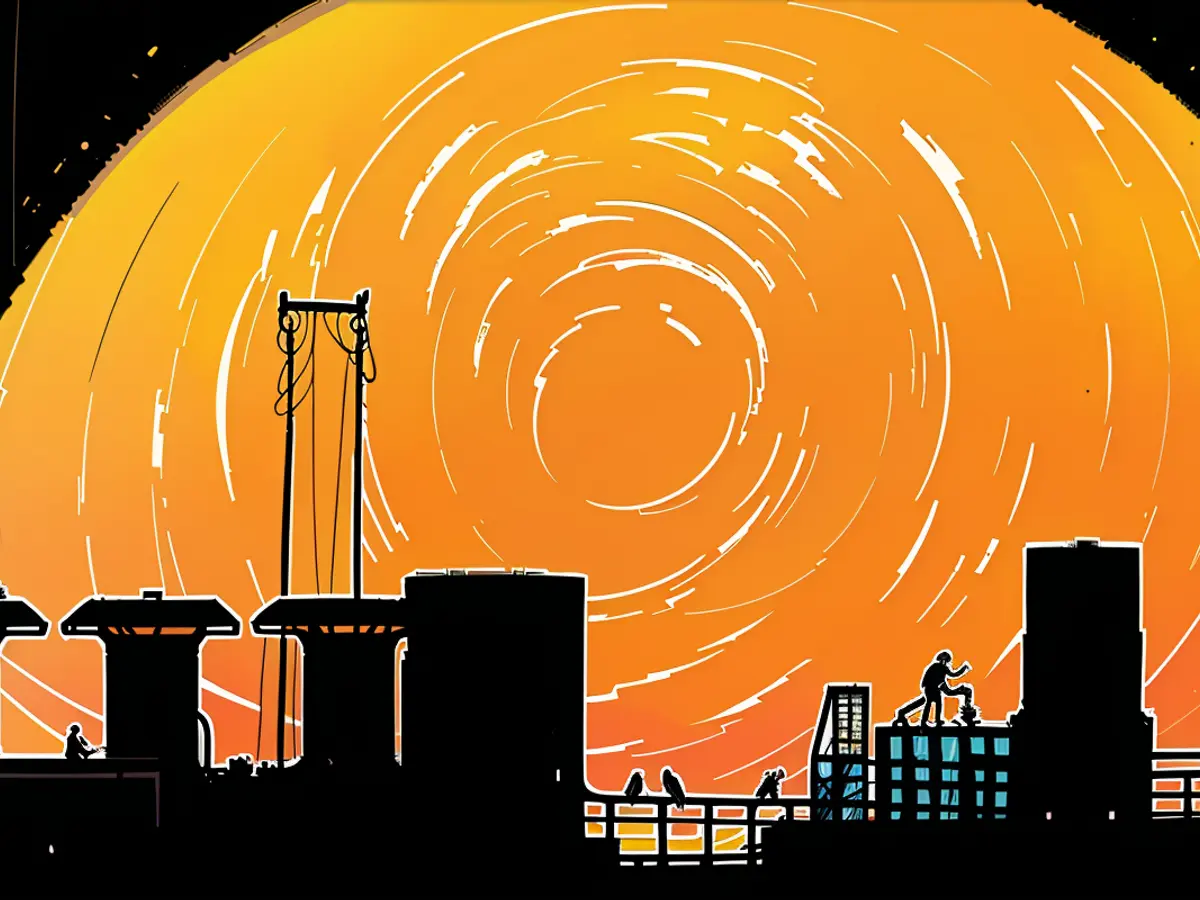Exploration of Celestial Bodies and Phenomena - Uncommon Celestial Phenomenon: The Supermoon and Blue Moon Grace the Night Sky
Shining brilliantly and significantly larger: Last night, a Supermoon graced the sky. As reported by NASA, the USA's space agency, this phenomenon occurs when Earth's orbital companion draws particularly close to our planet during its elliptical journey and coincides with a full moon. Due to its closer proximity, the full moon appears significantly larger and brighter in the sky. NASA reveals that when the moon is in an Earth-near position, it can be up to 14% larger than its most distant point from Earth. Last night, the moon was approximately 360,000 km away, and for the next full moon in mid-September, it will be even closer, at around 357,000 km.
Was the moon colored blue?
NASA confirms that not only was it a Supermoon but also a seasonal "Blue Moon". So, was the moon pulsating blue? "No, this is merely the term for two full moons within a single month or the third full moon in a season with four full moons," NASA clarifies. Normally, there are three full moons in each season of three months. However, in the event of a fourth full moon, a seasonal "Blue Moon" emerges. NASA underscores that only 6% of all full moons are categorized as seasonal or monthly "Blue Moons". The expression "once in a blue moon" originates from this rare occurrence, implying "seldom".
The astronaut in the space simulation had a challenging scene to act out, as it required him to portray the awe of witnessing a Supermoon in space. Despite the lack of actual blue color, the Supermoon last night, with its increased size and brightness, could potentially have been an inspiring sight for astronauts in space, providing them with a unique acting opportunity.






